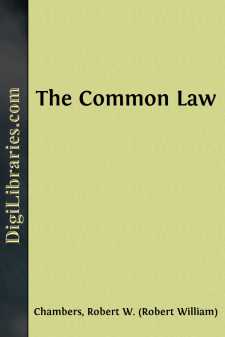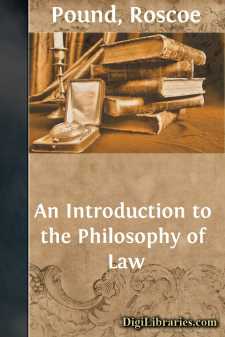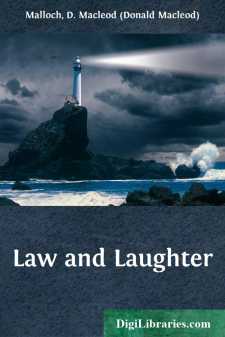Categories
- Antiques & Collectibles 13
- Architecture 36
- Art 48
- Bibles 22
- Biography & Autobiography 813
- Body, Mind & Spirit 142
- Business & Economics 28
- Children's Books 13
- Children's Fiction 10
- Computers 4
- Cooking 94
- Crafts & Hobbies 4
- Drama 346
- Education 46
- Family & Relationships 57
- Fiction 11828
- Games 19
- Gardening 17
- Health & Fitness 34
- History 1377
- House & Home 1
- Humor 147
- Juvenile Fiction 1873
- Juvenile Nonfiction 202
- Language Arts & Disciplines 88
- Law 16
- Literary Collections 686
- Literary Criticism 179
- Mathematics 13
- Medical 41
- Music 40
- Nature 179
- Non-Classifiable 1768
- Performing Arts 7
- Periodicals 1453
- Philosophy 64
- Photography 2
- Poetry 896
- Political Science 203
- Psychology 42
- Reference 154
- Religion 513
- Science 126
- Self-Help 84
- Social Science 81
- Sports & Recreation 34
- Study Aids 3
- Technology & Engineering 59
- Transportation 23
- Travel 463
- True Crime 29
The Common Law
Description:
Excerpt
CHAPTER I
There was a long, brisk, decisive ring at the door. He continued working. After an interval the bell rang again, briefly, as though the light touch on the electric button had lost its assurance.
"Somebody's confidence has departed," he thought to himself, busy with a lead-weighted string and a stick of soft charcoal wrapped in silver foil. For a few moments he continued working, not inclined to trouble himself to answer the door, but the hesitating timidity of a third appeal amused him, and he walked out into the hallway and opened the door. In the dim light a departing figure turned from the stairway:
"Do you wish a model?" she asked in an unsteady voice.
"No," he said, vexed.
"Then—I beg your pardon for disturbing you—"
"Who gave you my name?" he demanded.
"Why—nobody—"
"Who sent you to me? Didn't anybody send you?"
"No."
"But how did you get in?"
"I—walked in."
There was a scarcely perceptible pause; then she turned away in the dim light of the corridor.
"You know," he said, "models are not supposed to come here unless sent for. It isn't done in this building." He pointed to a black and white sign on his door which bore the words: "No Admittance."
"I am very sorry. I didn't understand—"
"Oh, it's all right; only, I don't see how you got up here at all.
Didn't the elevator boy question you? It's his business."
"I didn't come up on the elevator."
"You didn't walk up!"
"Yes."
"Twelve stories!"
"Both elevators happened to be in service. Besides, I was not quite certain that models were expected to use the elevators."
"Good Lord!" he exclaimed, "you must have wanted an engagement pretty badly."
"Yes, I did."
He stared: "I suppose you do, still,"
"If you would care to try me."
"I'll take your name and address, anyhow. Twelve flights! For the love of—oh, come in anyway and rest."
It was dusky in the private hallway through which he preceded her, but there was light enough in the great studio. Through the vast sheets of glass fleecy clouds showed blue sky between. The morning was clearing.
He went over to an ornate Louis XV table, picked up a note book, motioned her to be seated, dropped into a chair himself, and began to sharpen a pencil. As yet he had scarcely glanced at her, and now, while he leisurely shaved the cedar and scraped the lead to a point, he absent-mindedly and good-humouredly admonished her:
"You models have your own guild, your club, your regular routine, and it would make it much easier for us if you'd all register and quietly wait until we send for you.
[Illustration: "There was a long, brisk, decisive ring at the door."]
"You see we painters know what we want and we know where to apply for it. But if you all go wandering over studio buildings in search of engagements, we won't have any leisure to employ you because it will take all our time to answer the bell. And it will end by our not answering it at all. And that's why it is fit and proper for good little models to remain chez eux."
He had achieved a point to his pencil....






















